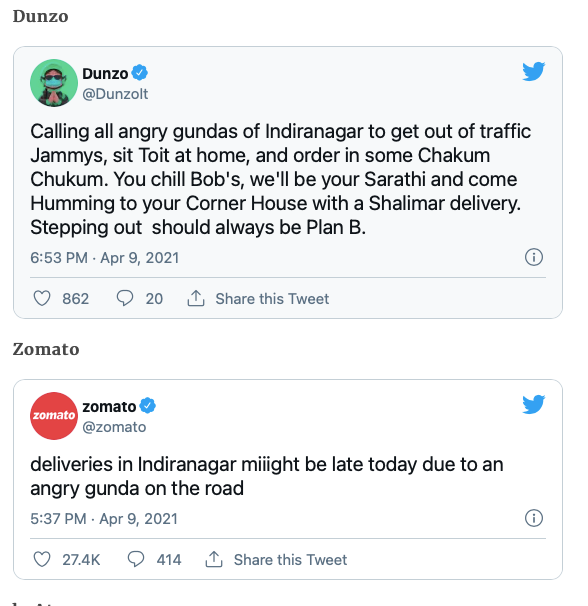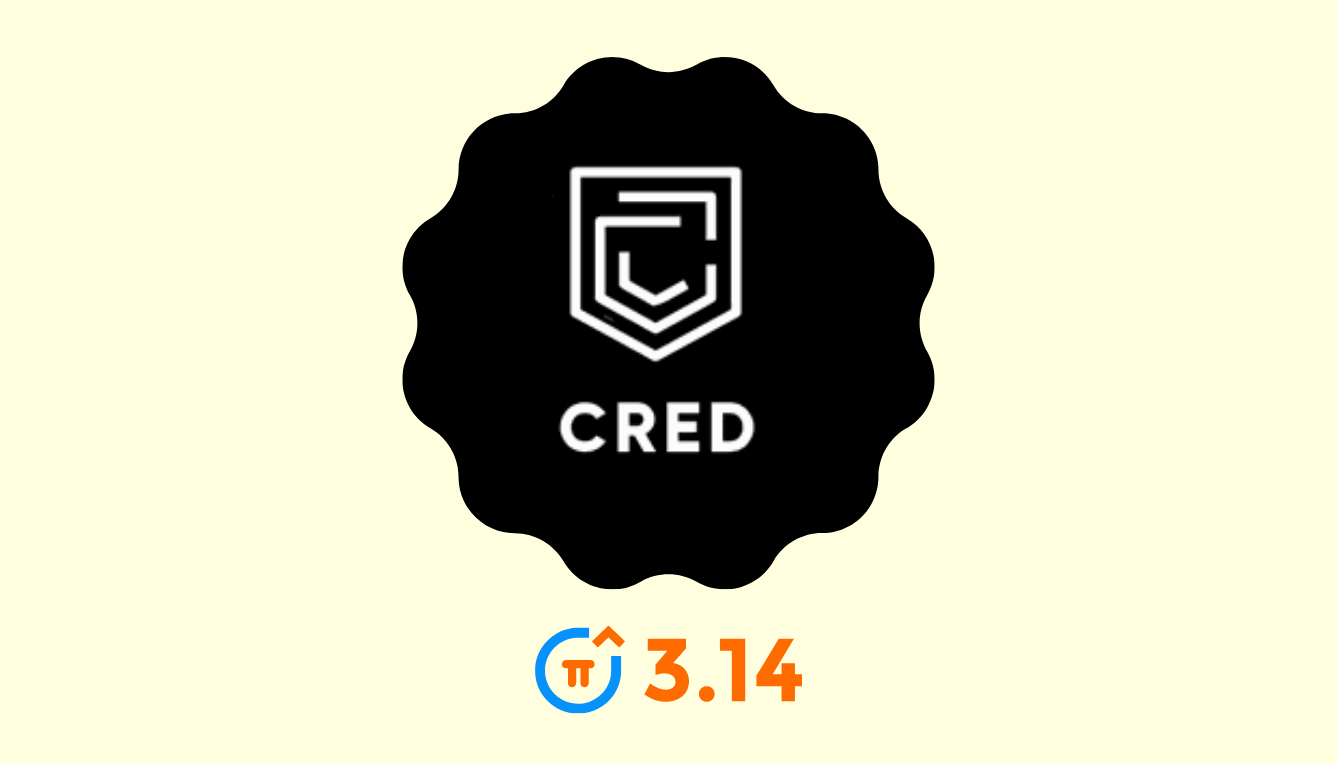Imagine yourself sitting behind a desk in Finland in the year 2000 sending out a normal SMS containing the news headlines of the news organisation that you work for. It’d be hard to fathom in your wildest dream that you’d be the trailblazer of an industry which is going to be worth above $60 billion in 20 years. The News headline messages, mentioned above, included advertising, and so the mobile advertising and mobile marketing began and thereafter marketers began to experiment with this new exciting channel. Mobile advertising over the years evolved through various forms, such as MMS marketing, Push notifications, App-based marketing, In-game mobile marketing, Location-based marketing, Mobile search ads, QR codes, and Mobile Image ads.
CRED has been trying to become a similar trailblazer with a new form of marketing in India. For readers outside India, CRED was founded in 2018 by Kunal Shah; by 2021, the company had on-boarded over 5.9 million users and is valued at $2.2 billion. The company has managed to pull off multiple viral ads over the last one year, with one particular ad involving former Indian Cricketer Rahul Dravid hitting it out of the park. With respect to absolute numbers, it has been reported that CRED saw an increase of 6-7x in terms of sign ups after the launch of the campaign. In the following picture, one can also notice that since the launch of Cred in November 2018 the peak in google searches enquiring about the term ‘CRED’ was between April 25th to May 1st, just after the Rahul Dravid ad was released. The numbers speak for themselves.
The reason why they became a success will also help us understand how learning can be translated to the mobile marketing space to keep up with the changing consumer decision-making process. The old school of advertising believes that the seduction of imagery supersedes the actual performance of the product or the promise to deliver a service with a certain efficiency. With time, the peer-to-peer influence in customer journeys have become very prominent - which has been exhibited very cleverly by Cred and ignored by brands still relying on the old-school method of advertising. Gone are the days of brands becoming successful by making sweeping claims, backed by little to no acts and often riding on the back of celebrity stardom.
There are broadly three reasons there is a need to look at this new age of conceptual digital marketing. As reiterated earlier, purchase decisions are driven by peer references, reviews, smart observations and, of course, the experiential dimensions. So the role of advertising, the purists believe, is to make the brand top of mind and provoke discussions and discovery. The CRED advertisement significantly ups the conversation ante on Cred with its significant recall value and provokes exploration. It performs as a stimulus for a conversation with your friends and acquaintances since it pushed the conventional boundary of Advertising and that is why many consider it to be the sneak-peek into the future of advertising. The Mobile Advertisers might take a cue from here and look to make the visuals and messaging they use in static and rich media ads to be the one which intrigues and provokes the mind of the viewer. Cred not only started a conversation among the mass audience but other popular Indian brands also tried to piggyback on the ad popularity and tried brandjacking.

Secondly, Deviation from the norm is way more attractive than convention. Delving deeper into the Cred creative, the anger continuum of Rahul Dravid (who is generally considered calm as ice) is truly a powerful creative device, purely for its disruption quotient in an era of predictable stereotypes. The disruption satiates the imagination of the Millenials and the Gen Zs who, as described by the social scientists, hate to be put into boxes. Take into fact that almost three-fourth of the internet users worldwide are either Millennials or The Generation Z, so such a style implemented for mobile advertising is going to be a guaranteed success. This is totally unlike the traditional blockbuster advertising, where a larger than life celebrity is paid heavily to make an absurd claim, arguably fraudulent and inarguably exaggerated. The argument gets strengthened even further when all aspects of the Ad is considered, further accentuating the credibility of the Cred approach.
For the third part of our assessment it is better to fall back on the famous words of Charlie Chaplin ‘A day without laughter is a day wasted.’ The essence of the Cred ads, all things considered, is humour. Audiences seem to grasp the message better when they experience positive emotions. Laughter is probably among the most effective means of stimulating the person to learn. The same thing goes with marketing – good humor works really nice, especially when you need to present a new brand, product or any material that must be offered to the public. This translates well into mobile advertising. Funny ads are perfect for Mobile Advertising - where most people are looking for entertainment or infotainment rather than products to buy. Not many brands reflect this better than Dollar Shave Club which used different channels on mobile advertising to put across their quirky funny videos and banners to the users and boy oh boy was it successful. So much so that FMCG giant Unilever acquired it in the year 2016 for an amount of $1 billion, paid totally in cash. Just 5 years after the inception of Dollar Shave Club.
Cred has indeed used the Rahul ‘Indiranagar ka Gunda’ Dravid to stake a claim to become the ‘Marketing ka Gunda’.

